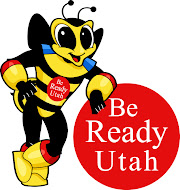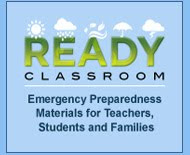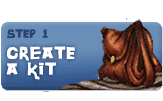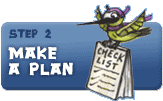STORAGE TIPS:
1. Keep food in a dry, cool, dark location.
2. Open food boxes and other re-sealable containers carefully so that you can close them tightly after each use.
3. Empty open packages of sugar, dried fruits, and nuts into screw-top jars or airtight canisters for protection from pests.
4. Inspect all food for signs of spoilage before use.
5. Throw out canned goods that become swollen, dented, or corroded.
6. Use foods before they go bad, and replace them with fresh supplies, dated with ink or marker. Place new items at the back of the storage area.
Store at least a three-day supply of non-perishable foods that require no refrigeration, preparation or cooking. Choose foods that your family will eat. Avoid salty foods because they make you thirsty and water may be in short supply. Be sure to include a manual can opener and eating utensils. Here is a list of suggested food items:
- Ready-to-eat canned meets, fruits and vegetables
- Protein and fruit bars.
- Dry cereal and granola
- Peanut Butter
- Canned Juices
- Dried Fruit
- Nuts
- Crackers
- Non-perishable pasteurized milk
- Vitamins
- Food for infants or others, requiring special diets
- Comfort/stress foods
Rotate these foods into your daily menus and replace with new stock. Follow the "Best used by..." dates on cans and packaging when rotating your foods and remember to replace items that you use.
WHAT TO DO IF THE FOOD SUPPLY IS RUNNING LOW.
If activity is reduced, healthy people can survive on half their usual food intake for an extended period and without any food for many days. Food, unlike water, may be rationed safely, except for children and pregnant women.
Information found in the BRU Guide to Family Preparedness Handout.
Blog Revising
10 years ago










